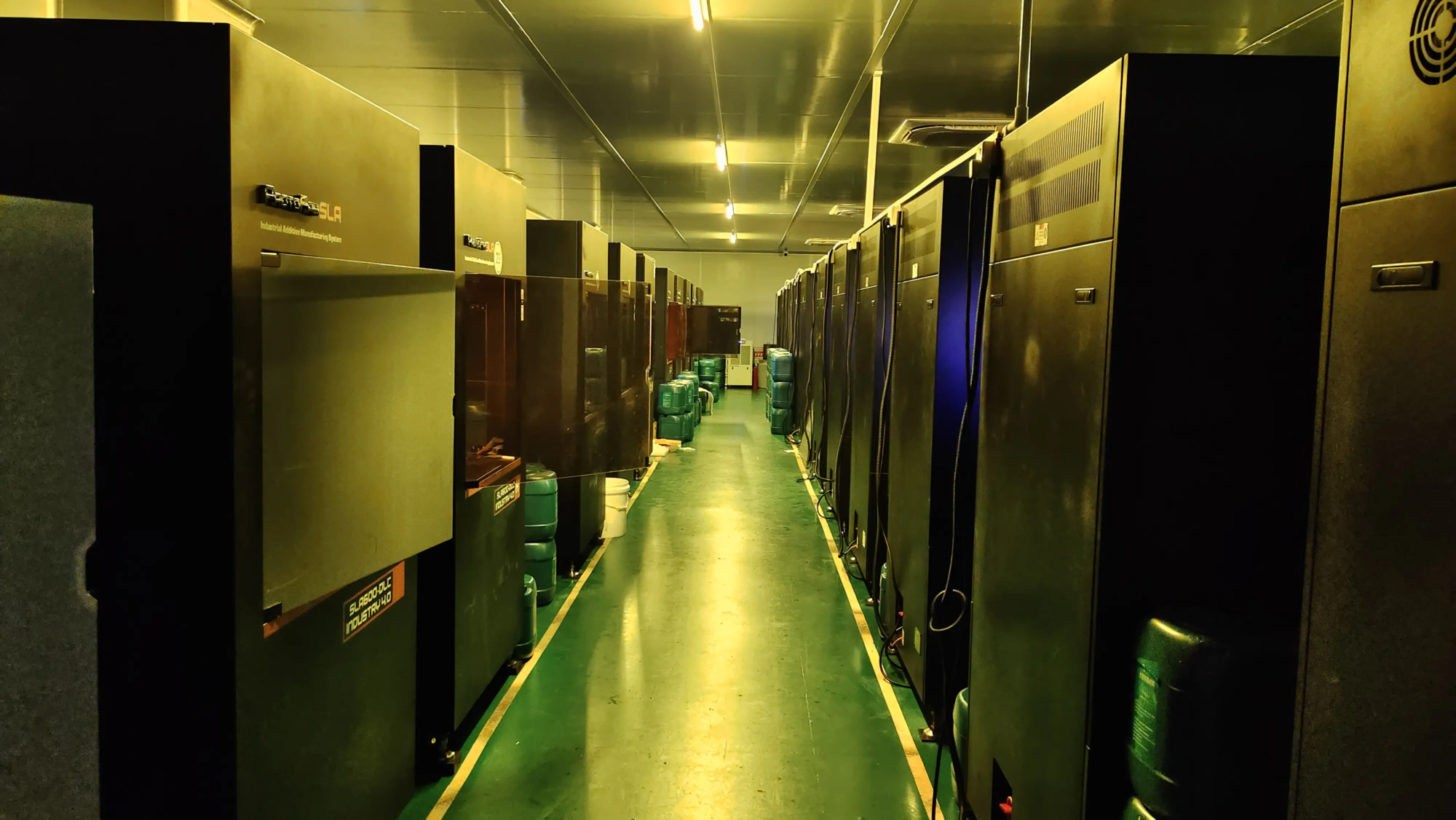On May 30, 2025, according to the resource database, recently, a research team led by Sun Tao, professor of mechanical engineering at the Northwestern University, made significant progress in the field of metal additives.
They used a variety of cutting -edge technical means to carry out real -time monitoring of crystalline structure defects in metallic 3D printing for the first time, providing a new theoretical basis for microstructure control and contesting traditional longtime cognition in the field.
In the manufacture of metallic additives,The microstructure directly determines the resistance, tenacity and ductility of the material. Therefore, how to effectively control the microstructure training process is the key to improving the performance of printing metals. “We hope to have an in -depth understanding of the way and the moment when dislocations occur during the printing process, and their paths of subsequent evolution, which is of great importance for process control,” said Sun Tao.
The search team has selected in 316L stainless steel as an experimental material and used it in depthX -ray diffraction of the synchronous accelerator, neutrons diffraction, imagery by electron microscopy and multi -pivotal simulationThanks to the use of other means, the training and evolution of dislocations have been observed and analyzed in a complete and multi-scale manner.
This study is based on “the evolution of the dislocation of rapid solidification stages in additive manufacturing” (Evolution of dislocations during rapid solidification in additive manufacturing) was published in the International Authoritarian Journal Nature Communications.
Research stresses that the training of dislocations does not mainly come from the residual constraint after solidification, but during the rapid solidification of the cast iron pool,Eutectic Reaction Drive, high density dislocations were generated at the startsubverts the common vision of industry.
Laser Delourge Process of the 316L SS lineX -ray diffraction of the synchronous in situ accelerator.
In addition, the study also reveals “the fighting effect” at different printing stages:Thermal cycling process(repeated heating and cooling) helps “repair” certain dislocations to some extent, andResidual stressThis can encourage to regenerate new dislocations during the cooling process, forming a mechanism of evolution of dynamic and complex defects.
“The dislocation structure is a key connection bridge for process parameters and the performance of the final part.” Sun Tao stressed: “An in -depth understanding and control of this bridge will help the in -depth application of additive manufacturing technology in high reliability fields such as aerospace, national defense and high -end medical care”.
Tem characterization of 316L SS block samples.
The study tooAlloy design strategyNew ideas have been proposed. Research shows by adjusting the content of elements such as chrome and nickel, or the original introduction such as aluminum, it should improve dislocation behavior and reduce internal stress without sacrificing performance; In multiphase alloys, control of control constraints and thermal expansion behavior to grain joints should also effectively remove common problems such as cracking.
Currently, the Sun Tao team plans to promote this research method on more alloy systems in order to promote more adaptive equipment development and process innovation. “We will continue to explore in depth and promote 3D metal printing from basic research to high performance applications,” he said.




